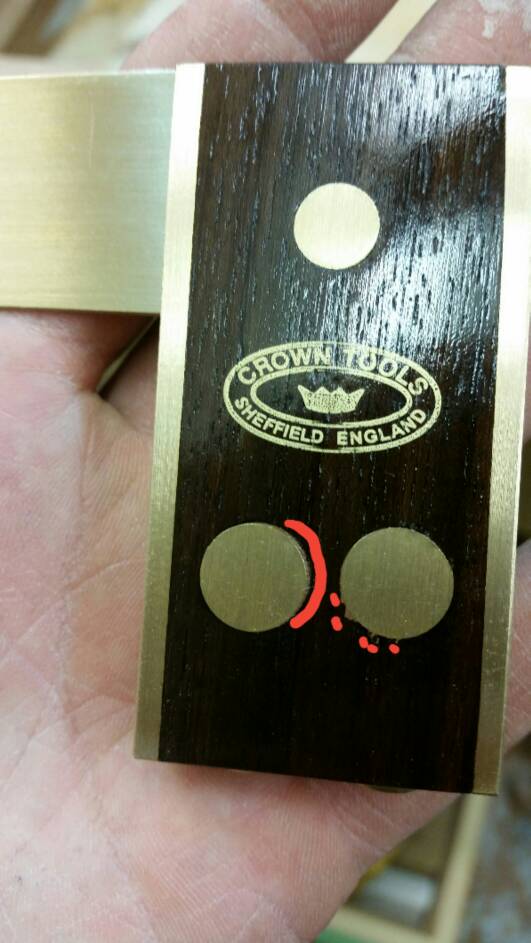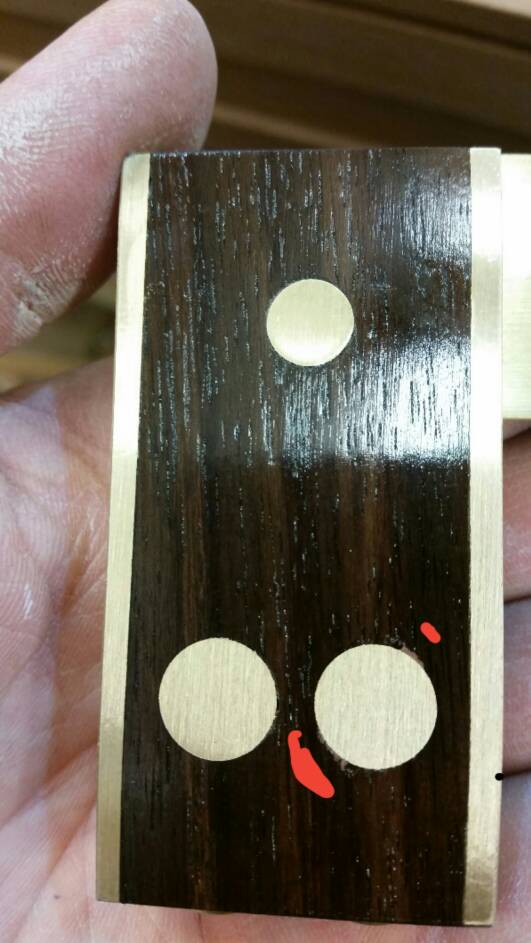ScottGoddard
Established Member
As I spend more and more time woodworking then I have come to realise that I need more accurate tools...Therefore what are the most recommend squares that people recommend/use. I am a hobbyist, not a pro,

Whether you're hobbyist or pro it doesn't matter, if you're going to have a square it has to exactly that . . . .square.ScottGoddard":2mapwse3 said:As I spend more and more time woodworking then I have come to realise that I need more accurate tools...Therefore what are the most recommend squares that people recommend/use. I am a hobbyist, not a pro,
Eric The Viking":2ct2y3m4 said:The British Standard for a machinist's square is BS 939 (German/European is DIN 875-1).
.........
Note that this won't pick up issues with tapers on the "stock" part of the square, so it could still be off when used standing upright. To check that, you really need a jig... <sigh>.

transatlantic":1b1xo47p said:squares are an odd thing for me. If I buy an expensive one, then I don't want to use it in fear of dropping it (I often drop things). Yet if I buy a cheap one, then I don't trust it.
A good compromise is to buy a quality square that you only use for reference. This is used to purchase a cheaper square (ideally you'd take it to the shop with you), and also to check that your cheaper square hasn't gone out of square every now and then.
sods law though that you drop the expensive square when comparing it against the cheaper square.
I'll say it again! .. someone needs to come out with an adjustable square! .. one that has a wee bit of wiggle room that we can set ourselves using the flip trick (which is good enough for woodwork)

transatlantic":11wmk48h said:I'll say it again! .. someone needs to come out with an adjustable square! .. one that has a wee bit of wiggle room that we can set ourselves using the flip trick (which is good enough for woodwork)
For jobs that don't require knife marking think about making one or two of your own in wood. A try square makes a great project to exercise your skills a bit and is a good way to make use of some smaller scraps while you're at it. And if you make one yourself you can be absolutely sure that it's square which far too many commercial squares can't manage (one job people, one job!)ScottGoddard":2z1nu64b said:As I spend more and more time woodworking then I have come to realise that I need more accurate tools...Therefore what are the most recommend squares that people recommend/use. I am a hobbyist, not a pro,
I bought one of these and was pretty disgusted tbh. The price point suggested it was a premium product, the amount of filler though.....woodbrains":epf1v5j7 said:transatlantic":epf1v5j7 said:squares are an odd thing for me. If I buy an expensive one, then I don't want to use it in fear of dropping it (I often drop things). Yet if I buy a cheap one, then I don't trust it.
A good compromise is to buy a quality square that you only use for reference. This is used to purchase a cheaper square (ideally you'd take it to the shop with you), and also to check that your cheaper square hasn't gone out of square every now and then.
sods law though that you drop the expensive square when comparing it against the cheaper square.
I'll say it again! .. someone needs to come out with an adjustable square! .. one that has a wee bit of wiggle room that we can set ourselves using the flip trick (which is good enough for woodwork)
Hello,
Here you go!
View attachment 552630
Axminster used to sell them, but don't anymore. Or you could look at Colen Clenton who makes fabulous marking tools. Classic handtools used to sell them, but don't anymore. No one wants them, it seems!
Mike.


Enter your email address to join: